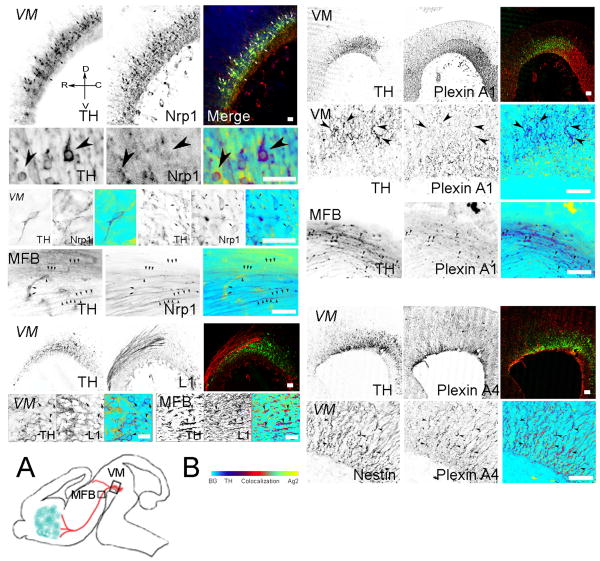Figure 2. Expression of Sema3A receptor components in vivo.
The Sema3A receptor complex comprises Neuropilin 1 (Nrp1), PlexinA1 and/or A4, and L1CAM (L1). The figure shows the immunolocalization of the individual components of the Sema3A receptor in the VM of E13.5 rat. Embryos were fixed and 20μm sagittal sections were cut within the region depicted in fig. 1 and double-stained with antibodies against TH (green) and Nrp1, L1, PlexinA1 or PlexinA4 (red). Green and red signal co-localization is shown in the merge panel. For some pictures the merging process was made in Photoshop by placing an inverted copy of the red channel image in the blue channel while the green channel image was inverted, rendering a merged picture where TH is shown in blue, the second antigen in yellow while co-localization varies from light green to red (arrowheads). Nrp1, as well as PlexinA1 immunorectivity was generally in a light punctate pattern that co-localized with a low number of TH-stained cells in the VM and fibers in the medial forebrain bundle (MFB). L1 immunoreactivity strongly stained non-TH fibers extending out of the VM and was frequently associated with DA neurons and their fibers in the MFB. In contrast, PlexinA4 did not stain vDA neurons or their axons but it co-localized with radial glia in the VM as suggested by its co-localization with Nestin. (A) Diagram showing the regions where the VM or MFB pictures were taken. (B) Co-localization bar. Picture orientation is represented by the orientation cross in the top left panel. Calibration bars: 50 μm.

